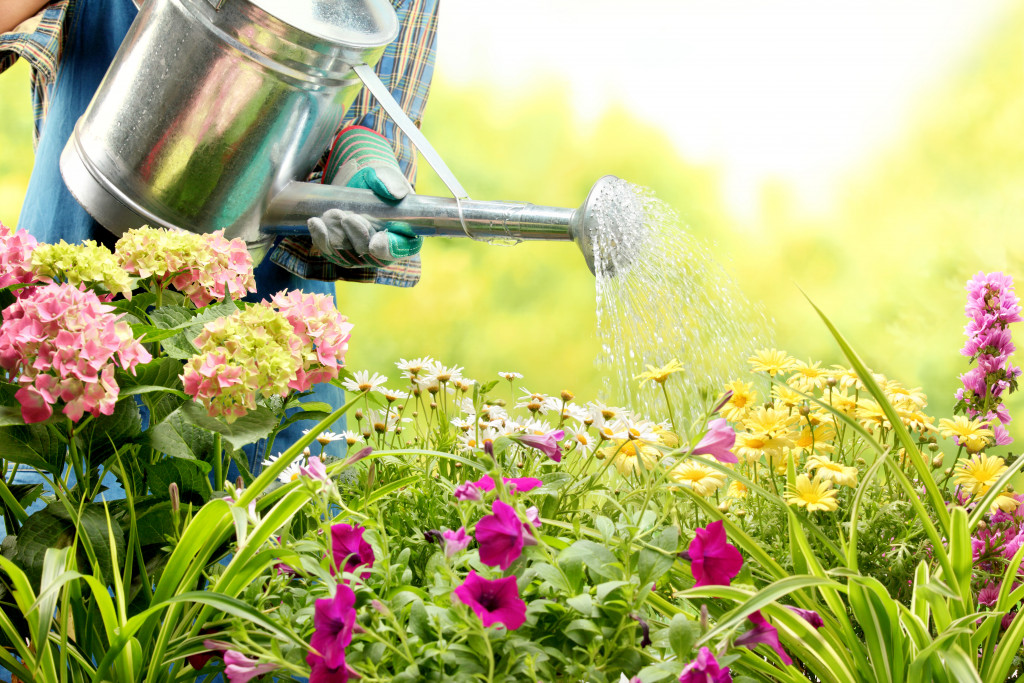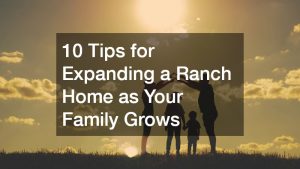During the war, World War II to be precise, the British people learned the value of gardening at home. Then, England was under constant attack from Germany’s seemingly invincible planes. And as food became scarce, just about every British home sought as much ground as they can to create a garden, for survival. The same holds true for America. As rationing foods (e.g., milk, cheese, eggs) were ordered, Americans were encouraged to start their “Victory Gardens”.
Indeed, these gardens became not only an essential way to augment the shortage of fruits and vegetables, but also a great pastime in tumultuous times. It kept people focused on something that’s positive. Gardens had that transformative hold. And true enough, backyards, front yards, empty lots, and even many city rooftops transformed into beautiful cultivation of greens.
And although gardening seems an elementary art and sounds pretty simple, raising a successful Victory Garden can be a tall order. The good news is you need not be a “green thumb” to be able to grow one. You just have to add some dedication to it all. Learn from the secrets of how America was able to grow 40% of its produce by planting over 20 million victory gardens.
Soil, Water, and Sun
Let’s start with the basics. To boot, you need the right soil-water-sun combination to get those plants in good shape. That should be easy. But of course, we don’t have any power over the sun so you just have to make the most of what nature is giving you. And that should tell you that starts with giving your plants the right amount of clean water. All the while, you need to up the quality of your soil.
When it comes to nutrients for your soil, there are three letters to remember. And that’s N-P-K which stands for nitrogen, phosphorous, and potassium. These are the most important nutrients you can give for plant health. In short, they’re the big three. You should aim to get the proper balance of these three correctly to get the best out of your plants. Moreover, you should maintain ample air to get the best soil for your plants.
No Green Thumb Needed
To start, buy seeds along with a mix of soil fertilizer. Pick a spot that’s perfect for a daily dose of sunshine. Chances are you’re going to have some missteps along the way.
That’s alright. Experience is gardening’s best teacher. As for the “green thumb”, don’t fret. Anybody patient enough can grow plants well.
As you go along, challenges are bound to present themselves. A classic example is pests. From aphids that suck the life out of your plants via their sap to pesky ants that bite you occasionally but also like the soft aphids love to feed on your plants’ sweet sap (e.g., Argentine ants), all sorts of tiny critters will force their will on your garden. Never fear. There’s always a way to deal with tiny intruders.
And if things get out of hand, you can always call the experts in pest control and extermination. Relying on their vast experience, and spot-on tools should give you another shot at a good harvest.
Water Enough
Plants are like kids. Attending to them too much could spoil them. That certainly is true when it comes to water. Usually, too much attention to your plants can lead you to over-water them. And that’s as bad as skipping the routine. It can drown your plant. Here are four signs you are overdoing it.
How so? Healthy soil means ample oxygen should exist between soil particles. Too much water disrupts this. When water floods the plant, oxygen is severely limited resulting in the plant unable to breathe.
So if the plants call for it, limit your fondness to water every day. Cutting the habit in half should be best depending on the particular plant.
Best Soil

Well, old farmers can tell which soil is best. They’ve been there before. Just by its fell and its look, they can have a pretty good idea of what kind of soil they’re dealing with.
You can start by looking at the weeds that are growing in your garden. It will surprise you to know weeds are a good indicator of your soil’s health. A string of weeds living in your land is telling you how healthy your soil is, or how damaging. For instance, bindweed grows on the compacted soil while amaranth thrives in rich soil that’s high in nitrogen.
Timing is Everything
Last but not the least, choose your plants well. Some of the best spring plants to start about eight weeks in your window before planting outside include melons, basil, peppers, eggplant, and tomatoes.
Then there are plants you can grow directly early season. Lettuces, carrots, turnips, and radishes are just some of these plants. Indeed, a little due diligence should bid you well when starting a garden. But that shouldn’t be a problem. America’s World War 2 survivors have shown us the way to make victory garden a resounding success.





